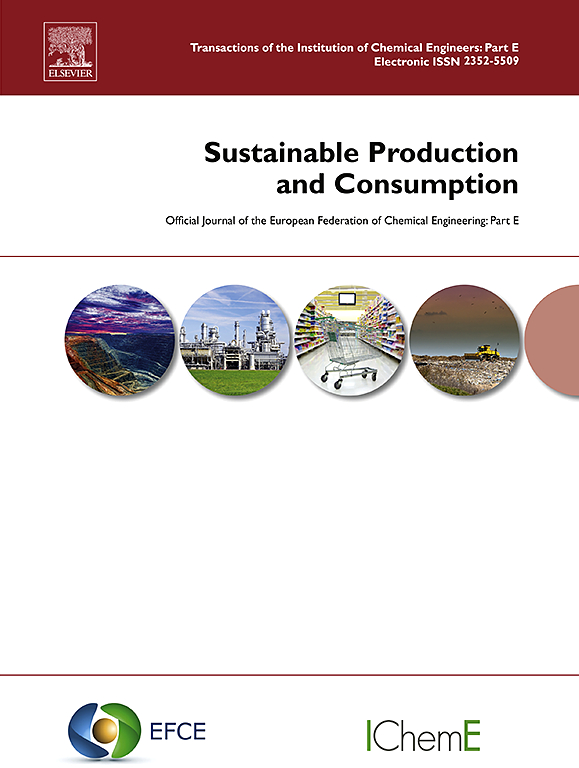再利用还是再循环?模拟欧盟电池法规下的电动汽车电池报废情景
IF 10.9
1区 环境科学与生态学
Q1 ENVIRONMENTAL STUDIES
引用次数: 0
摘要
在交通转型期间,预计将有大量电动汽车(EV)达到报废(首次)年限,留下大量稀缺材料。与此同时,预计电池材料供应链将出现短缺,这凸显了发展电动汽车电池循环经济的紧迫性。在本研究中,我们通过模拟长期市场动态,调查了再利用和再循环的市场形成。我们定量评估了新出台的欧盟电池法规(2023/1542)的强化和抵消影响。我们建立了一个系统动力学模型,以捕捉对报废电动车电池进行再利用或回收的决策因素。我们的研究结果表明,欧盟电池法规在建立所需的回收能力方面是有效的。我们的模拟结果表明,目前的回收能力不足以满足日益增长的需求,因此投资者有必要扩建现有设施。另一方面,欧盟电池法规通过强制回收份额促进回收,导致新兴再利用市场的份额大幅下降。我们的研究得出结论,要实现电动汽车电池的循环经济,需要平衡对回收和再利用的支持。我们呼吁建立一个互补的政策框架,确保再利用成为闭环系统不可分割的一部分。本文章由计算机程序翻译,如有差异,请以英文原文为准。
Repurpose or recycle? Simulating end-of-life scenarios for electric vehicle batteries under the EU battery regulation
A high number of electric vehicles (EVs) are expected to reach end-of-(first)-life during the mobility transition, leaving large volumes of scarce materials behind. At the same time, shortages are expected in the supply chain for battery materials, emphasising the urgency to develop a circular economy for EV batteries. In this study, we investigated the market formation of repurposing and recycling by simulating long-term market dynamics. We quantitatively assessed the reinforcing and counteracting impact of the newly introduced EU battery regulation (2023/1542). We built a system dynamics model to capture the decision factors for repurposing or recycling end-of-life EV batteries. Our findings reveal that the EU battery regulation is effective when it comes to building the required recycling capacities. Our simulations highlight that the current recycling capacities are insufficient to meet the growing demand, thereby highlighting the need for investors to expand the current facilities. On the other hand, the EU battery regulation, which promotes recycling with mandatory recycling shares, leads to a considerable dropping of shares in the emerging repurposing market. Our study concludes that, to achieve a circular economy for EV batteries, balanced support for recycling and repurposing is needed. We call for a complementary policy framework that ensures that repurposing is an integral part of the closed-loop system.
求助全文
通过发布文献求助,成功后即可免费获取论文全文。
去求助
来源期刊

Sustainable Production and Consumption
Environmental Science-Environmental Engineering
CiteScore
17.40
自引率
7.40%
发文量
389
审稿时长
13 days
期刊介绍:
Sustainable production and consumption refers to the production and utilization of goods and services in a way that benefits society, is economically viable, and has minimal environmental impact throughout its entire lifespan. Our journal is dedicated to publishing top-notch interdisciplinary research and practical studies in this emerging field. We take a distinctive approach by examining the interplay between technology, consumption patterns, and policy to identify sustainable solutions for both production and consumption systems.
 求助内容:
求助内容: 应助结果提醒方式:
应助结果提醒方式:


